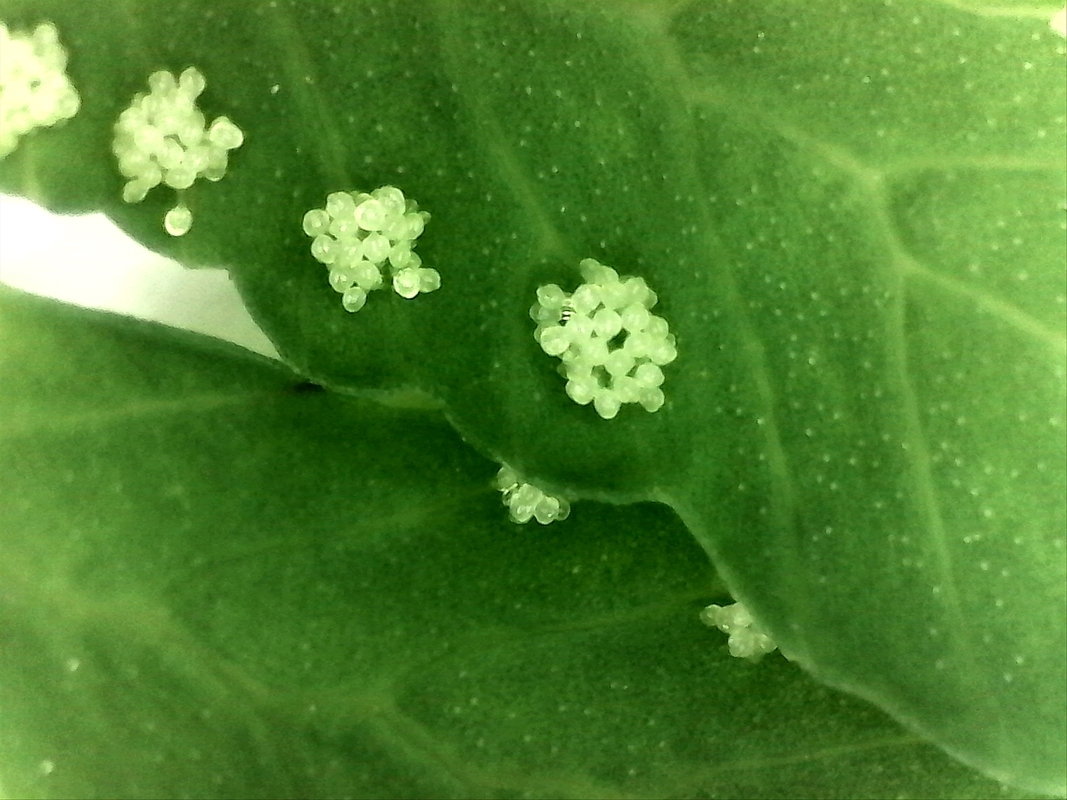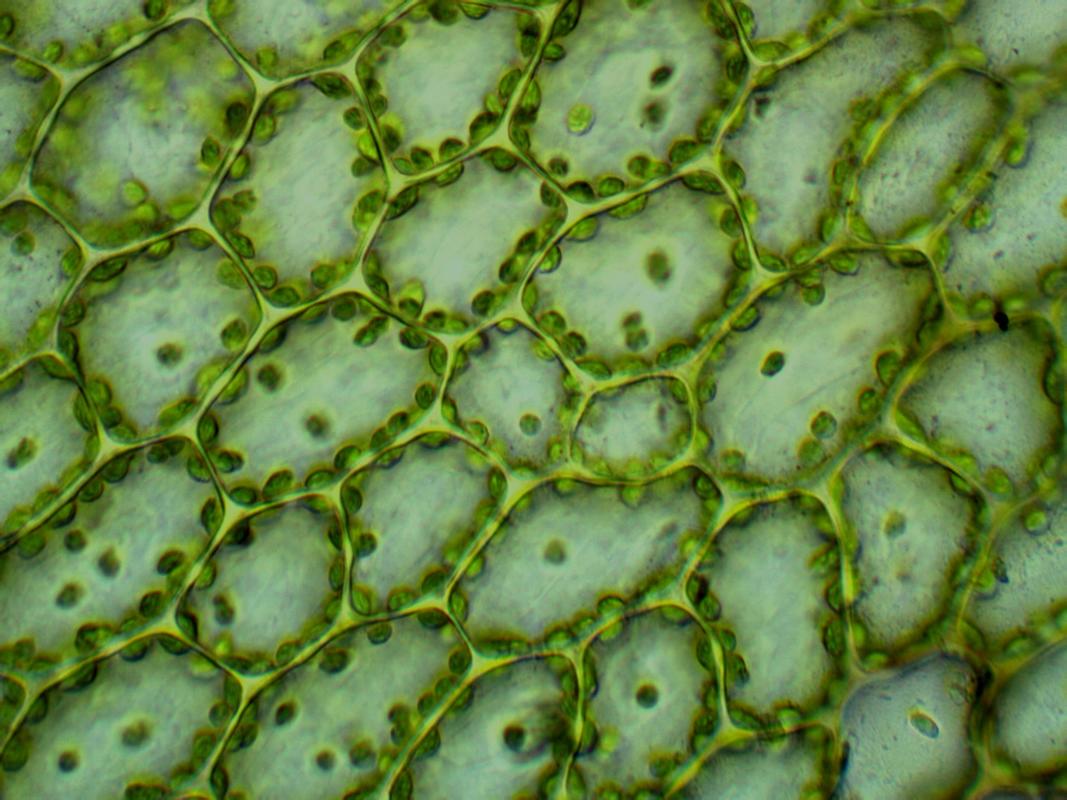3.4 Different microscopes for different needs
 Like their name suggests, microscopes make objects that are too small for the naked eye to distinguish visible. Nowadays, there are several different types of microscopes. For example, atomic power microscopes can be used to observe even individual molecules.
Like their name suggests, microscopes make objects that are too small for the naked eye to distinguish visible. Nowadays, there are several different types of microscopes. For example, atomic power microscopes can be used to observe even individual molecules.
The choice of microscope depends on what one wants to observe. The largest magnification is often not the desired goal. Instead, microscopes are used to achieve the clear view of the studied subject.
If the studied subject is thick and impenetrable by light, it is studied with a preparation microscope. Preparation microscopes illuminate the subject from above and show the subject as if through a very powerful magnifying lens.
The picture on the right shows the developing sporangia of a fern that has been achieved with a preparation microscope.

A fluorescent microscope is used, if one wants to study cells or cell tissues. The studied samples must be very thin so that the light from the microscope can penetrate it and reveal its structure.
The second picture on the right shows plant cells viewed through a fluorescent microscope.
Digital cameras can be attached to some modern microscopes, making microscopic photography easy and simple. A modern phone camera can be also used to take images through a microscope, if one’s hands are stable enough.